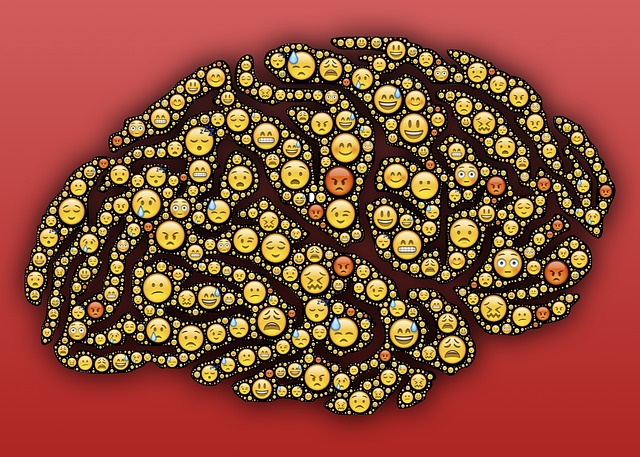 How do our brains recognize faces? This is an incredibly complex question, because the process of facial recognition is an almost miraculously instantaneous one.
How do our brains recognize faces? This is an incredibly complex question, because the process of facial recognition is an almost miraculously instantaneous one.
As discussed in a previous blog, we don’t need to make a careful study of somebody’s face to recognize them. Instead, we just know who someone is, which is really amazing, given how complex people’s faces are and how frequently environmental factors, like lighting, complicate the matter.
But even a process so incredible is not immune to thorough scientific analysis. In a recent study, Dr. Doris Tsao at Caltech analyzed the brains of macaque monkeys to model which neurons fired during the recognition process.
Previous studies have identified specific parts of the brain, small regions in the temporal lobe, that consistently respond to facial recognition. Building off this research, Dr. Tsao found that different sections of these regions, or “dials,” respond to the recognition process for specific features of the face, such as eye placement, shape, or skin tone. From all of these responses, the brain synthesizes the data and creates a model of the face.
In fact, Dr. Tsao concluded “the values of each dial are so predictable that we can re-create the face that a monkey sees, by simply tracking the electrical activity of its face cells,” calling this process “mind-blowing.”
And here’s the really mind-blowing part: Dr. Tsao and her team were able to create a predictive model for various facial features, based on the monkeys’ brain activity. After showing a monkey an image of a human face, they analyzed the brain activity through their model and generated nearly identical images to the ones that were shown.
This research has the potential to dismantle our current understanding of facial recognition. While some researchers have advocated for the view that faces are created from this synthesis of individual features, the more prominent view held that our recognition of each individual face is stored in individual, face-specific, neurons.
However, one of this view’s proponents, Dr. Rodrigo Quian Quiroga, of the University of Leicester, said that Dr. Tsao’s research “completely changes our understanding of how we recognize faces.”
While this research is certainly fascinating, what are the practical implications?
In fact, facial recognition is a critical component in recognizing emotions as well. When we look at a face, our brains analyze deviations from a “normal” facial expression, contrasting emotional signals with our expectations. Thus, by better understanding how the brain recognizes faces, we can also further our understanding of how to recognize emotions!
And the practical implications of reading emotions have been thoroughly demonstrated as methods of detecting danger or evaluating truthfulness.